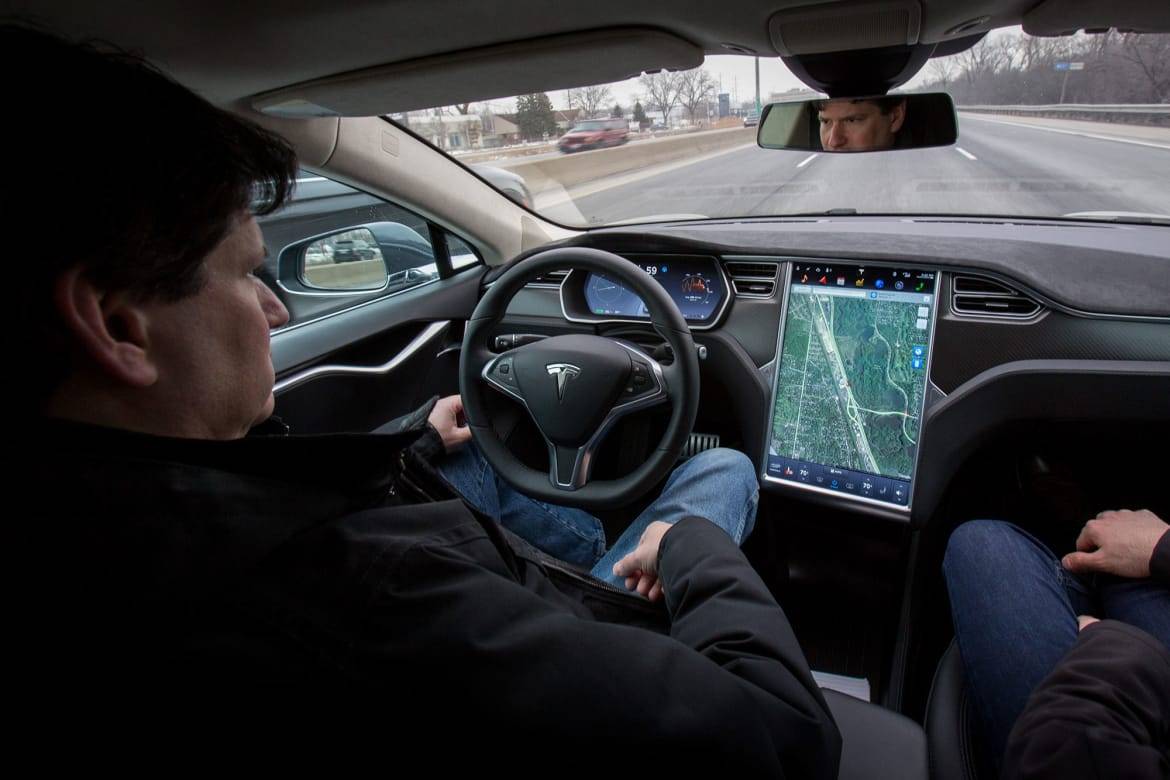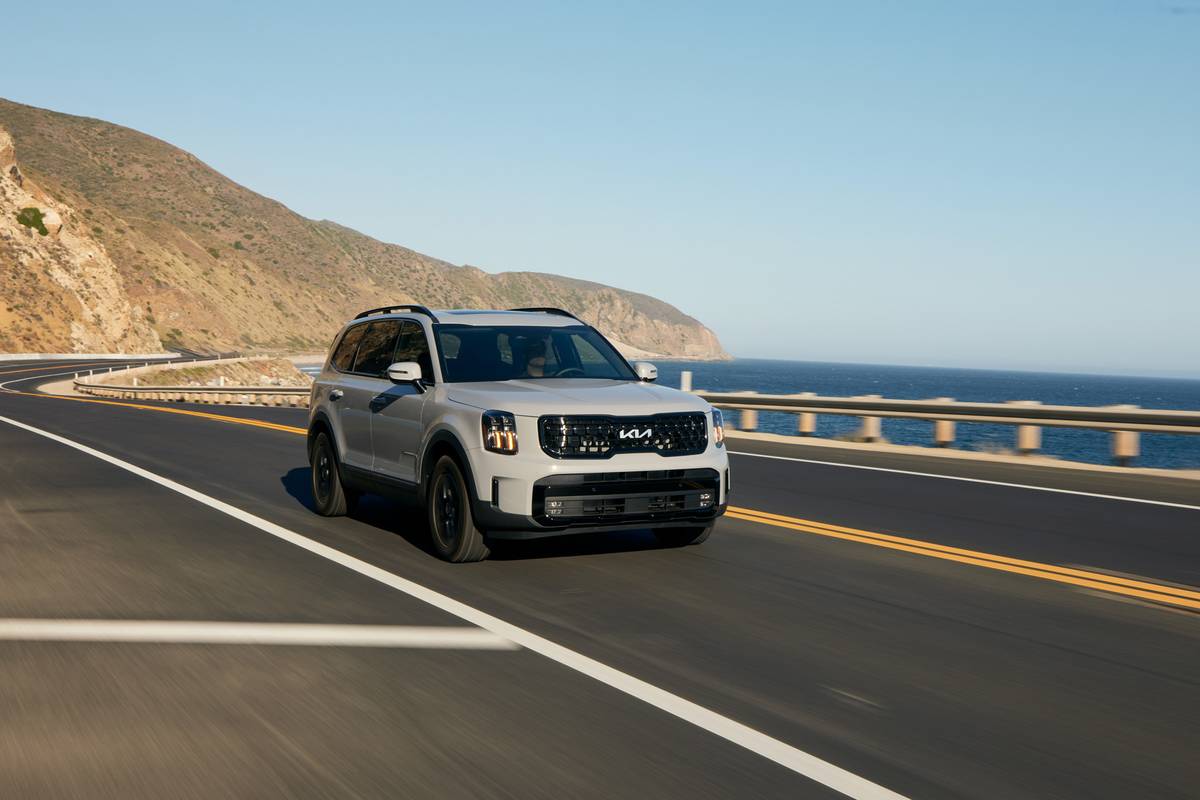AZCentral.com's view
Since 1998, Volkswagen Passat has moved up sharply on the popular list of midsize sedans, coming on strong against perennial favorites Honda Accord, Toyota Camry and Ford Taurus.
Style, image, character and sporty performance have lifted Passat along with the rest of the VW clan. Of course, there’s that halo created by the cheeky New Beetle.
In that vein, VW called its midyear revamp of its family car, which arrived about this time last year, the “new Passat.” The basic look is still there, though bigger and more substantial, with what VW says are 2,300 technical and stylistic changes to the Passat.
Those changes move the sedan from basic family car closer to luxury craft. VW wants to upgrade its image, and upgrading Passat is a key part of the plan.
But moving Passat up in the pecking order wasn’t the only reason for the makeover. The major portion of the midyear changes gives Passat longer front fenders and hood, and more room in the engine compartment for the new eight-cylinder W8 engine.
The unique 270-horsepower engine was the catalyst for the changes, and all Passats benefited as a result.
Recently, two 2002 Passat test cars passed through Phoenix, a top-drawer GLX model with a V-6 engine and 4Motion all-wheel-drive, and a more down-to-earth GLS with a turbocharged four-cylinder engine, five-speed manual shift and some luxury upgrades.
The price of the option-laden GLX was over $35,000, which puts it outside family-transport range and into the luxury-car arena, where it competes with upscale sibling, Audi.
The GLS was just over $25,000. Eliminate the sunroof package, which includes 15-inch alloy wheels, and the leather package, which includes such critical items as heated windshield washer nozzles, and a well-equipped Passat gets down to $22,500.
The new Passat has lost none of its driving edge. The sedan exhibits the tight, Germanic driveability that makes it right for budget-minded drivers who favor the road manners of Mercedes-Benz, BMW or Audi. The chassis, which Passat shares with the Audi A4, has been stiffened for better handling.
The Passat is a lovely driving car, with very responsive steering that feels balanced and direct, nimble handling, precise cornering and an overall feel of solid competence.
The GLX includes a V-6 that puts out a solid 190 horsepower with a smooth, free-revving rush. The turbo engine is also quite strong and smooth, though saddled with turbo lag in the lower RPMs.
The five-speed manual transmission in the GLS helped wring the power out of the four banger, though quick takeoffs are accompanied by an unhealthy dose of torque steer. The 4Motion GLX was more surefooted, as well as offering owners the ability of slogging through snow or mud. The GLX’s automatic transmission had the Tiptronic function, which allows drivers to shift manually. Sort of.
The new styling continues the look of the previous Passat, with its arching roofline and short rear deck. The handsome car looks sporty and capable despite its tall profile. That roof height adds to the cabin’s roomy feel, and the short deck steals nothing from the voluminous trunk.
Chrome accents, a bolder “VW” symbol and highly styled headlights and taillights give Passat a richer appearance, while the interior has upgraded material and content.
There’s some fake-looking wood trim inside the GLX that looked tacky, but overall, the interior is attractive and accommodating. At night, the gauges are nicely back-lit in blue.
Passat’s base price may be higher than the Japanese or domestic competition., but they catch up when comparably equipped. The W8 will set Passat further apart from the pack, with an expected base price around $40,000.
Meanwhile, Passat continues to reign as my favorite midsize sedan. And I’m looking forward to trying out that W8, whatever the price.
Latest news



